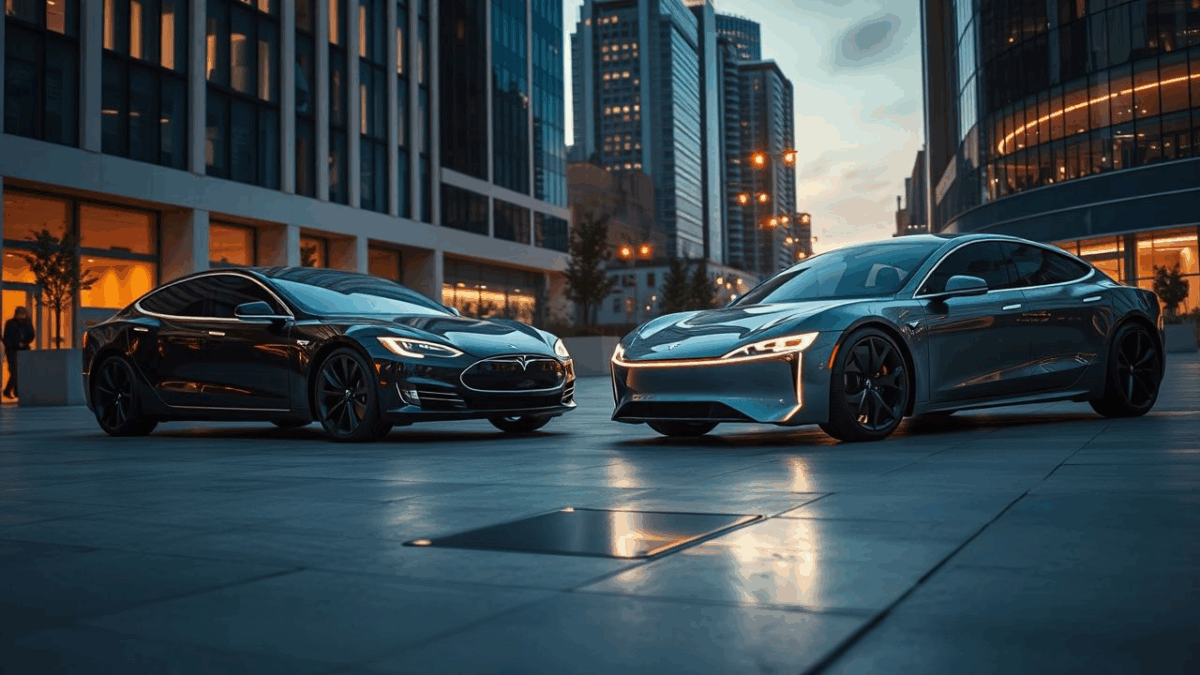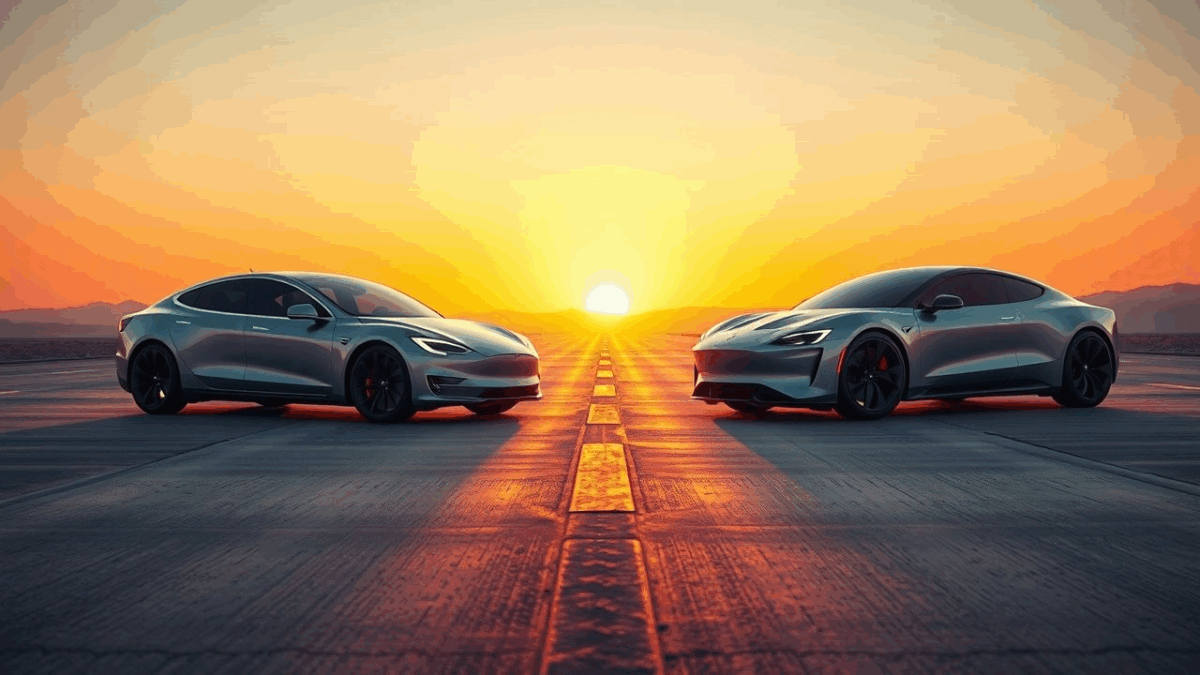If you’re in the market for a luxury electric sedan in 2025, you’ve likely narrowed it down to two heavyweights: Tesla Model S and Lucid Air.
Both cars offer insane performance, cutting-edge tech, and serious range. But which one is actually the better buy this year? Whether you’re a first-time EV shopper or an upgrade-savvy enthusiast, this guide breaks it all down.
Overview: Tesla Model S vs Lucid Air
The Tesla Model S has been the benchmark electric sedan for over a decade — but Lucid Air has entered the scene with serious ambition, elegance, and innovation.
| Feature | Tesla Model S | Lucid Air |
|---|---|---|
| Range (2025 est.) | ~405 miles | Up to 516 miles |
| 0–60 mph | As low as 1.99s (Plaid) | 2.5s (Dream Edition) |
| Base Price | ~$74,990 | ~$77,400 |
| Autonomy | Full Self-Driving (optional) | DreamDrive Pro (advanced L2+) |
| Charging | Supercharger Network | 900V DC fast charging |
While Tesla leads in brand recognition and charging infrastructure, Lucid counters with range supremacy and ultra-lux interiors.

Performance & Driving Experience
Tesla’s Plaid model still boasts record-breaking acceleration. The dual-motor and tri-motor setups give incredible control, and the latest Model S feels more refined than ever.
Lucid, however, shines in ride quality and luxury. With its air suspension, whisper-quiet cabin, and balanced handling, many describe it as more of a “first-class lounge” on wheels.
Verdict:
- Want raw speed? Tesla.
- Want luxury and smoothness? Lucid.
Interior and Technology
Tesla’s minimalist interior is polarizing. The yoke steering wheel, large central touchscreen, and software-first approach feel futuristic — but can also feel too minimal for some.
Lucid delivers a more traditional luxury feel with rich materials, intuitive controls, and a sweeping Glass Cockpit display system that blends analog comfort with digital innovation.
Both cars feature over-the-air updates, advanced driver assistance systems, and app-based controls.

Insurance for Electric Cars: What You Need to Know
When comparing the Tesla Model S and Lucid Air, don’t forget insurance costs, which can be higher for electric vehicles due to:
- Expensive battery repairs
- Advanced tech and sensors
- Specialty body parts and materials
That said, 2025 brings more EV-focused insurance options. Companies like Allstate, GEICO, and Progressive now offer custom EV coverage plans that may include:
- Battery-specific protection
- Roadside charging assistance
- Discounts for low-mileage EV use
- Bundled rates for home chargers or solar panels
Before choosing between the Model S and Lucid Air, compare electric car insurance quotes online. Tools like The Zebra and Compare.com let you quickly see side-by-side offers tailored for EVs — and could save you hundreds per year.
Charging and Infrastructure
Tesla still holds the edge here with its widespread Supercharger network, now faster and open to other brands in many areas. It’s seamless, fast, and deeply integrated with the car’s navigation system.
Lucid’s 900V architecture allows for ultra-fast charging — but it relies on third-party networks like Electrify America, which are growing but still patchy in rural zones.
Pro Tip: If long-distance travel is key for you, Tesla’s charging advantage may outweigh Lucid’s speed on paper.

Cost of Ownership
Besides the sticker price, consider:
- Resale value: Tesla still wins here due to brand recognition.
- Maintenance: Both are low-maintenance, but Tesla has more service centers.
- Software updates: Tesla pushes frequent, impactful updates — Lucid is improving in this area.
Also, keep an eye on EV tax incentives and state rebates. In some areas, Lucid Air may qualify where Tesla does not.
Final Verdict: Which One Should You Buy?
If you crave raw speed, proven infrastructure, and advanced autonomous features, the Tesla Model S remains a powerhouse.
But if your heart leans toward sophistication, range leadership, and next-gen luxury, the Lucid Air might just be the new king of electric sedans in 2025.




